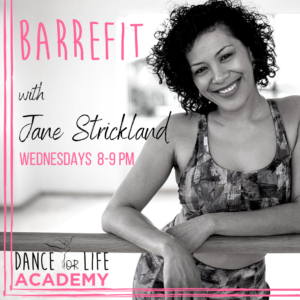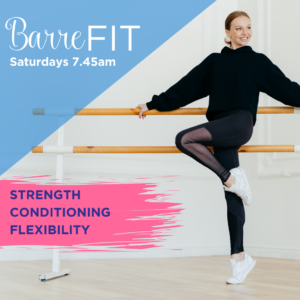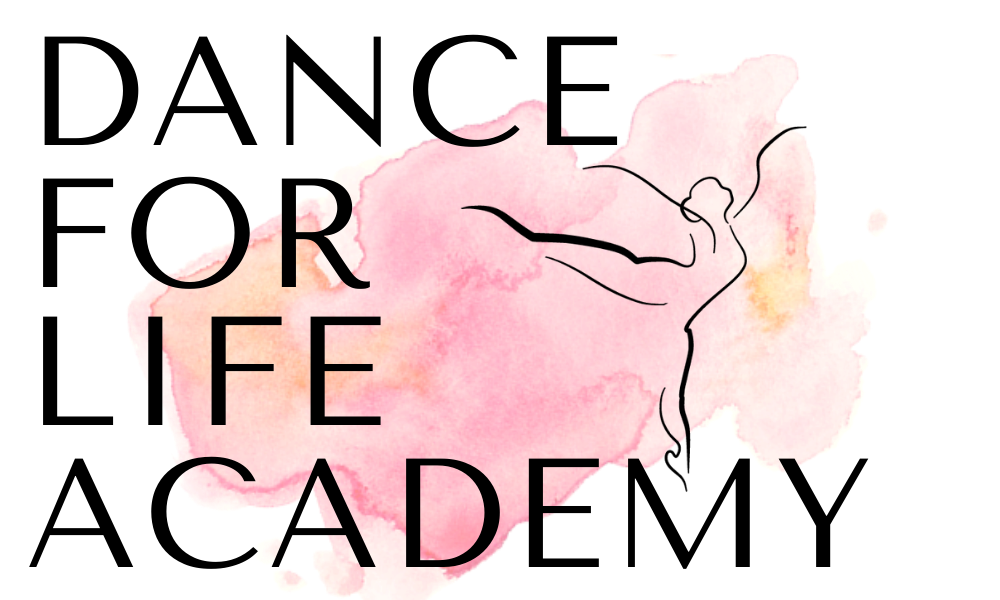
BarreFit
the ultimate workout
Barrefit® is considered by many fitness experts as “the ultimate low impact workout”. No pounding on the joints, but using the bodyweight & resistance to max out your muscles & create the “burn” that leads to your transformed body!
While BarreFit® has origins in dance, the rhythmically challenged shouldn’t worry: No tapshoes, leotards, or any fancy footwork are required. You don’t need any dance experience—you’re not going to be doing pirouettes! As for gear, the moves are typically bodyweight only.
But you can use light hand weights (usually two or three pounds) or resistance bands to level up your arm exercises. For lower-body work, a soft exercise ball is often used to help engage leg muscles.
And while most studios recommend wearing socks with sticky grips on the bottom, others let you go barefoot. So what’s the difference between barre and a typical strength training class?
Rather than larger, compound movements (think squats and shoulder presses), you’ll perform tiny, one-inch increments called isometric movements.That’s why you’ll often hear, “Down an inch, up an inch,” repeated by barre teachers.
For someone who’s used to HIIT or CrossFit, it may seem like you’re not working hard enough. But that’s absolutely not the case.
In fact, you’re getting a killer workout because the one-inch increments are enough to fire up the muscle and make it more elastic, but not too big to tear the muscle.
Isometric movements help isolate specific muscles.You can do more reps with smaller movements like these, which fatigue your muscles in a different way. These higher-rep, low-weight exercises target slow-twitch muscles, which help increase endurance.
In contrast, larger, compound movements target fast-twitch muscles, which help with power and speed (think running a marathon vs. sprinting). Plus, isometric movements can help strengthen muscles without straining tendons or ligaments. So there’s less risk of injury compared to more traditional strength training.

The Benefits of BarreFit
Those tiny movements can help you get stronger. The isometric contractions that make up the bulk of a BarreFit class occur when the muscle tenses without changing length. Think of these movements as the opposite of typical strength training moves (or concentric and eccentric contractions), which occur when a muscle stretches then shortens (as in a biceps curl). Isometric exercise is a great way to maintain muscle strength.
The one-inch movements help you to hold a posture and benefit from continuously engaging the muscle. But you also get a mini-recovery with each pulse, so you can stay in the hold longer.
You’ll target multiple muscle groups at once
It’s a highly efficient workout since you’re doing two to four movements—holding, pulsing, stretching, for example—at a time in each move. For example, while holding onto the bar with one hand, your legs are in a diamond-shape, heels raised, while the torso is angled (think of a water-skier leaning back).
This move mainly targets your quads, but at the same time you’re also challenging the calves, hamstrings, glutes, abs, and upper-back muscles. Bonus: Working all these areas at once also helps raise the heart rate.

You’re going to see your body shake like a bowl of JELL-O
This happens most commonly in thigh work at the barre, as you’re spending an extended period of time in a muscle (quad) contraction, while performing an isometric hold to intensify the work. Shaking is a sign of muscle fatigue—your muscles are telling you they are feeling it.
If taught and done correctly, this is a good thing. You may be tempted to pop out of the hold if you start to shake, but try to embrace the shake! Also, if you worked your lower body the day before or you’re dehydrated, this can increase the likelihood of muscles trembling.
You’ll improve your mind-body connection.
The smaller movements in a BarreFit class can bring a new level of awareness to the body that you don’t get in regular strength workouts. In this way, barre can improve muscular activation for frequently underused muscles by strengthening the neuro-muscular (mind-body) connection.
You may lose weight
You just have to be aware of your body and figure out what’s best for you to lose weight. It’s important to remember that what you eat can have a bigger impact on weight loss than what you do: Ninety percent of losing weight is about what you eat and how much you eat. (Hint: as little sugar as possible.)
Depending on your body type and fitness level, you’ll see and feel changes in three weeks to three months. Through making a major change in your body, and losing a significant amount of weight, students develop a natural youthfulness, power, and grace, and wonderful, natural posture and a lifted derriere!
Testimonials

